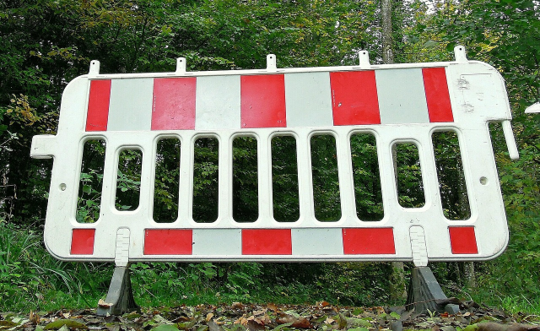12 Ways to Make Tidying Up Easier in Reception and KS1
- Hands-On Printables

- Sep 17
- 3 min read
Updated: Sep 23
We all know that tidy classrooms make for calmer learning spaces - but getting little ones to tidy up can sometimes feel like hard work! In Early Years and KS1 (Key Stage 1), tidying is about more than just keeping the room neat; it’s also about building independence, responsibility and teamwork. With the right strategies, tidying up can become a positive, engaging part of the daily routine.

Here are some tried-and-tested ideas you can use to encourage children to tidy up happily and effectively:
🎵 Use Music to Signal Tidy Time
A short, upbeat song works wonders for signalling that it’s time to tidy. Children quickly associate the tune with putting things away and it creates a fun, positive atmosphere rather than a stressful one. However, if you have a particularly lively class, upbeat music might prove a little too exciting for them!
⏱ Try a Timer on the Whiteboard
Adding a countdown timer on your interactive whiteboard helps children stay focused and gives them a clear goal. It turns tidying into a race against the clock rather than a chore. Encourage children to sit on their spots on the carpet when the timer runs out.
🔍 Mystery Mess
This is a popular one! Choose a 'mystery item' before tidy up begins. Tell the class that whoever puts that special item away will get a reward. This motivates children to look carefully and really engage with tidying.
🌟 Praise, Stickers & Dojos
Acknowledge good tidying with verbal praise, stickers or dojo points. Positive reinforcement goes a long way in showing children that their effort is noticed and valued. Children who tidy well could be first to receive their snack or go out for playtime.
📸 Show What Tidy Looks Like
Take a photo of each area when it’s perfectly tidy and display it nearby. Children then have a clear, visual reference for what the space should look like at the end of tidy-up time.
👥 Tidy Teams in Each Area
Assign 'tidy teams' to different areas of provision and train them on how to tidy them. This builds teamwork and accountability, as children know exactly which area they’re responsible for. Rotate the teams each week or half-term.
🚫 Close an Area if Needed
If a space isn’t tidied properly, consider temporarily closing it the next day. This sets boundaries and helps children understand the importance of looking after their classroom.
👩🏫 Adults Model & Help
Children need to see adults tidying too! Model good habits by joining them, showing that tidying is a shared responsibility.
📝 Give Specific Instructions
Instead of saying, “Tidy the construction area,” try breaking it into smaller steps, such as “Put the blocks in the big box” or “Put the counters back on the shelf.” Clear, simple directions make it easier for young children to succeed.
🖼 Pictures & Labels on Drawers and Boxes
Use photos and labels on containers so children know exactly where everything belongs. This supports independence and makes tidying more manageable for all learners.
🎖 Tidy Up Captains
Appoint 'tidy up captains' who lead and encourage their peers in different areas of provision. Children love having responsibility and it helps to create classroom leaders.
🎲 Make It a Game
Turn tidying into a challenge: Who can find the most things to put away? Who can tidy 10 items? Simple games like this keep energy high and make tidying fun.
With a mix of music, visuals, structure and positive reinforcement, tidying up can transform from a stressful transition into a fun part of the day. By making it playful and giving children ownership of their classroom, you’ll not only keep things organised but also help them to build valuable life skills along the way.






Comments